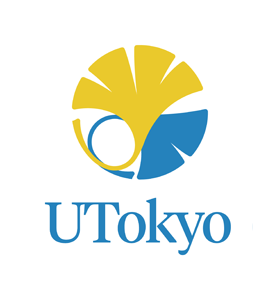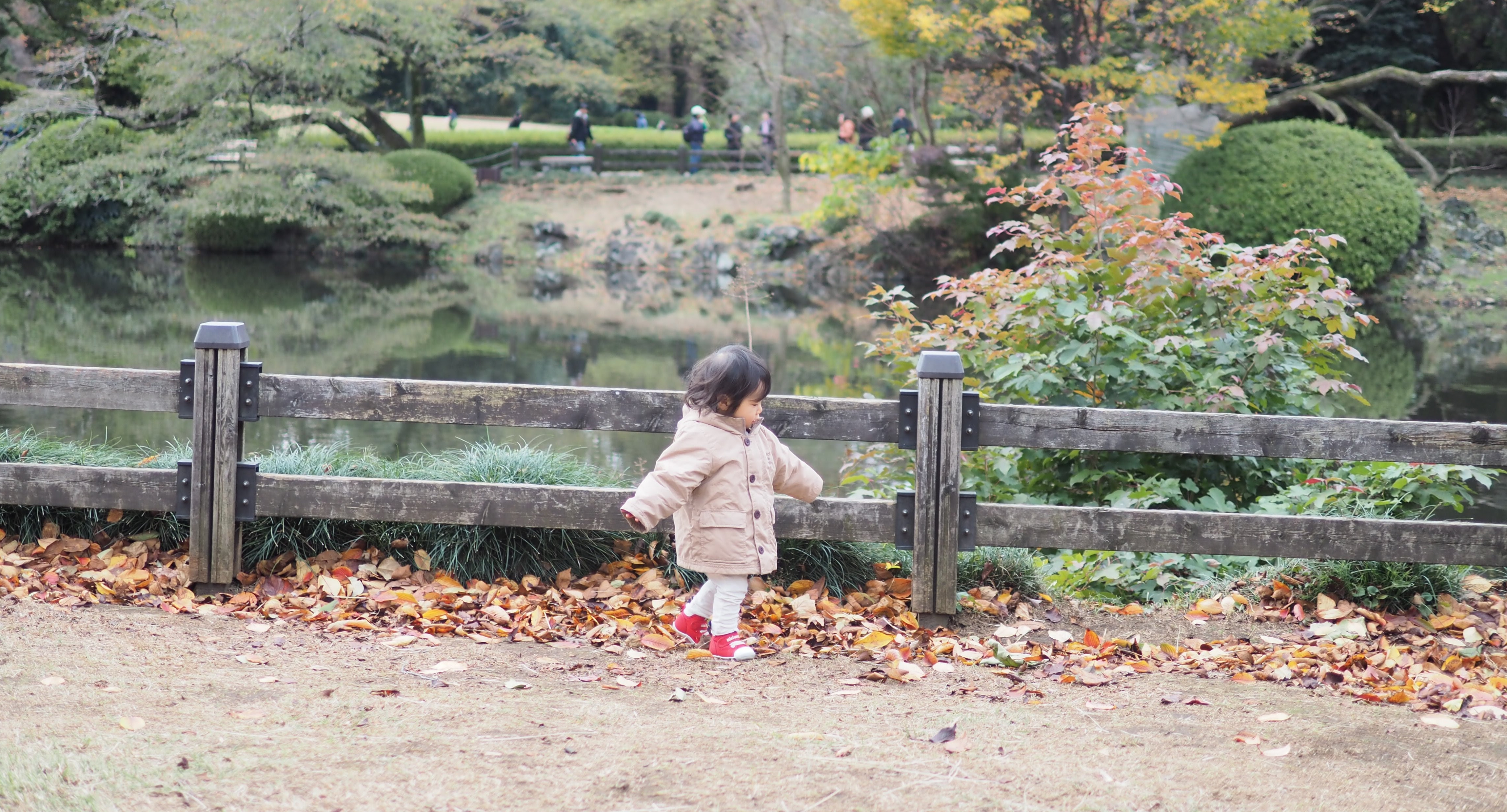The University of Tokyo
Website for International Students


Many international students and researchers who belong to the University of Tokyo have family members with them in Japan. By understanding the system of childbirth and childcare in Japan, you can concentrate more on your study/research.
【To those who are thinking about to conduct your research/study while raising a young child】
After arriving Japan, many parents find it difficult to send their child to a nursery. In Japan, the academic year at nurseries/kindergartens start in April. In case you would like to send you child from April at nursery, it is necessary to apply around November-January in the previous year, and in case of kindergartens, in October-November in the previous year. Also, if your potential nursery is publicly-run, you need to have an official residence registration in the city/ward when applying. Please collect necessary information beforehand and discuss with your spouse/family how to balance your research and taking care of your child, when you plan your study/research in Japan.
1) Receiving a Maternal and Child Health Handbook
■Application: City or Ward Office
If you become pregnant, you will need to submit your “Certificate of Pregnancy” to your city or ward office to receive a “Maternal and Child Health Handbook”. These handbooks are available in languages other than Japanese depending on the area in which you live. The handbook is used to record the mother’s health throughout the pregnancy, the conditions of the birth, and the child’s development after birth. It is necessary to take the handbook to doctor’s appointments during your pregnancy and to the health check-up appointments for the child after birth.
*Bilingual handbooks
-Maternal and Child Health Handbook/Leaflet (Multi-lingual versions)
https://mchbook.cfa.go.jp/category03/index.php
See the following link for more details and information on how to order one of these books.
https://hanbai.mcfh.or.jp/
2) Lump-sum payment of childbirth and childcare
Parents that are enrolled in the national health insurance will receive a lump-sum payment for childbirth and childcare when their child is born. In principle, the amount is JPY 500,000 (from April 2023).
3) Financial support systems available for those with children
■Application: City or Ward Office
Medical Subsidy for Children and Infants
Coverage depending on the age of the child, family income, or contents of assistance will vary depending on the area that you live. In Tokyo, medical expenses are covered free of charge for children up to high school age. To receive this subsidy, a medical care certificate issued by the city/ward is required, so please apply for it at the city office.
If your child has medical treatment before receiving their Certificates or you use a medical facility outside of the area that you live (in Tokyo, all areas are covered) you will need to get a receipt (original) showing the name of the child being treated and the medical fees and submit them to your City or Ward Office to receive a refund of the money paid for that treatment. Therefore, please remember to keep the receipt that you received.
Child Allowance
It is necessary for you to apply at the City or Ward Office where you live. You will start to receive payments from the following month after you apply. (Back payments cannot be collected so make sure to submit the information again when you give birth or move to another location.)
https://www.cfa.go.jp/en
https://www.city.minato.tokyo.jp/easyjp/en/child/childbirthandrearing/allowance.html
4)Information Regarding Childbirth and Child Raising in your Residential Area
The support and services offered regarding childbirth and child-raising may vary depending on your residential area. Please check the city or ward office websites or inquire at the office. You can also find useful information on multilingual websites below.
(Reference)
・Minato City Childrearing Handbook
https://www.city.minato.tokyo.jp/kodomo/kodomo/kodomo/shien/handbook.html
・Parenting in Japan (Kanagawa International Foundation) https://www.kifjp.org/child/
■Kashiwa-city/ Kashiwa Campus Area
・Kashiwa Child Raising Handbook in Foreign Languages
https://www.city.kashiwa.lg.jp/haguhagu/navi/chirashidana/handbook/index.html
■Some other information in multiple languages
You can find basic information and knowledge on giving birth and raising children
・Researching and Supporting Multi-Cultural Healthcare Service “Mama and Baby Support Series”
https://rasc.jp/momandbaby/english/
For those who are thinking about conducting research/study while raising a young child. After arriving Japan, many parents find it difficult to send their child to a nursery. In Japan, the academic year at nurseries/kindergartens and schools start in April.
If you wish to send your child to nurseries, etc. from April, it is necessary to apply around November-January in the previous year. Also, if your potential nursery is publicly-run, you must have an official residence registration in the city/ward when applying. Please collect all the necessary information beforehand and discuss with your spouse/family how to balance your research and taking care of your child, when planning for your study/research in Japan.
To learn more about the application system for nurseries and kindergartens, and life in general with children in Japan, please ask at ISSR for more details. Booklet for “International students with family” is also available for UTokyo members.
1)Nursery
A Nurseries on Campus
There are nurseries located on the various campuses of the University of Tokyo that can be used by those affiliated with the university (faculty, staff, students, etc.).
See more details
https://www.u-tokyo.ac.jp/kyodo-sankaku/en/index.html
B Accredited nursery schools
These are nurseries which have passed the criteria for space, facilities, staff members and their qualifications, and activities held by the nursery, etc. that have been set by the Japanese government. These facilities are largely assisted by government/public funding. Both public and private facilities have the same fee system, with the amount that is paid being determined by the age of the child and the family’s income of the previous year. (The higher the income and younger the child, the fees become more expensive.) The time that the nurseries operate is usually 7:30 until after 18:00. Some facilities have “extended time” of about one hour beyond the normal operating hours.
The conditions for putting children in nursery is that their caretaker cannot take care of them at home due to their work, study, or illness. Many people in Tokyo seek to put their children in a nursery so there is no guarantee that a child will be able to enter.
How to Apply for Accredited nursery schools
■Application: Ward or City Office *You cannot apply directly to the nursery
Application for entrance to accredited nursery schools (most international students take this option) takes place at the City or Ward Office of the area the nursery is located. There are areas where you must be a resident of that area to apply for a nursery place, while other areas allow those not living but working or studying in the area to apply for a nursery place. However, those who are not residents of the area are usually given lower priority than those who are residents.
Application for entry to the nursery takes place throughout the year but there is a deadline for application each month for the following month. For those wishing to place their child in a nursery from April, the application takes place between December and January and acceptance results are delivered around the end of February or beginning of March. As there are many people in Tokyo who wish to use the nurseries, it is very difficult to get a place in the middle of the year. The best chance of entering a nursery is to apply to enter in April.
C Non-accredited nursery schools or Tokyo “Ninsho” nurseries (nurseries licensed by Tokyo local government)
■Apply directly to the nursery
In addition to the accredited nursery schools mentioned above, there are also non-accredited (“Ninka-gai”) (unauthorized (“Muninka”)) nurseries. The facilities, contents of nursery activities, and fees differ per nursery but generally, the fees are higher than authorized nurseries, however, the fee will be subsidized up to a certain amount depending on the age of the child. Non-accredited nurseries also have more flexible time schedules with many offering services during the night or on holidays. Application should be made directly to the nursery. Among the non-accredited nurseries, there are some that have passed the regulations for facilities or number of staff members and thus receive some funding from local government. These are called “Ninsho Hoiku En” in Tokyo and “Yokohama Hoikushitsu” in Yokohama. Some cities offer financial assistance to families of children who are attending these nurseries.
D Home Daycare (Hoiku Mama)
■Application:City or Ward Office
Some areas offer a home daycare services (“Hoiku Mama”) which is located at the home of an individual who is authorized to provide childcare. The main target age group is 0 to 2 years old, but this varies by the ward/city.
https://www.fukushi.metro.tokyo.lg.jp/kodomo/hoiku/h_mama
2)Kindergarten
■Apply directly to the kindergarten (you can obtain information on public kindergartens at the City of Ward Office).
These are primarily for children 3 year of age and above. There are both public and private kindergartens, with the private ones having a higher entrance and attendance fees. Up to a certain amount is provided free of charge. Subsidies are granted based on income (for inquiries, please contact your local City or Ward Office for details).
It is possible to apply to a private kindergarten outside the area that you live in. Care usually is 4-5 hours a day and there are long vacation periods such as the summer vacation. However, some kindergartens have recently started to offer all-day care, similar to that provided by nurseries. (Fees are charged for extended hours or care during vacation periods.)
Compared to nurseries, the number of activities during the week days are greater. Also there are many days when parents must provide their children with lunch boxes. For children wishing to enter in April, applications are made in the fall of the previous year (October and November). If there are vacancies, children can join anytime during the year.